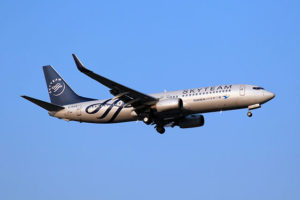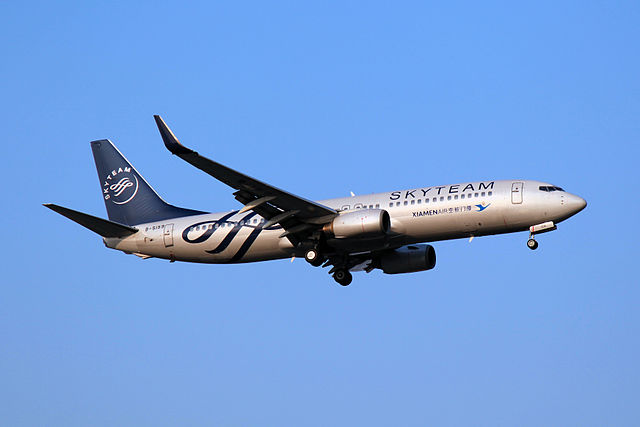 Air carriers from Asia-Pacific had a good start in 2017, delivering higher volumes in January compared to the same month in 2016.
Air carriers from Asia-Pacific had a good start in 2017, delivering higher volumes in January compared to the same month in 2016.
The Association of Asia Pacific Airlines (AAPA) said traffic figures for January 2017 showed further growth not just in the international air passenger market but in air cargo as well.
For the region’s carriers, the increase in leisure travel demand leading up to the Lunar New Year festive period helped underpin 7.7% growth in international air passenger numbers to a total of 26.8 million for the month. Demand in revenue passenger kilometer terms climbed 8.1% higher, buoyed by relatively robust demand for travel within the region and on selected long-haul routes. The average international passenger load factor strengthened further, by 1.7 percentage points, to reach 81.8% after accounting for a 5.9% expansion in available seat capacity.
International air cargo demand, measured in freight tonne kilometers, grew by 4.7%. Offered freight capacity expanded by 3.8%, resulting in a 0.5 percentage point rise in the average international freight load factor to 59.4% for the month.
Commenting on the results, Andrew Herdman, AAPA director general, said, “The year started on an encouraging note for Asian carriers, with both international air passenger and cargo markets growing strongly, boosted by the timing of the Lunar New Year holidays.”
Looking ahead, Herdman said the overall picture for the year ahead looks broadly positive against a backdrop of renewed optimism on global growth prospects and improving consumer and business confidence across sectors. “However, air travel markets remain intensely competitive, with margins still under pressure from the effects of rising fuel costs.”
WorldACD data also showed healthy expansion for Asia-Pacific volumes in January. The origins Asia-Pacific and North America registered volume growth of well over 7% year-on-year, it noted. Within the Asia-Pacific region, the origin China did best with more than 16% growth year-on-year. As a destination, Asia-Pacific grew by only 2.7%, destination China even showing a year-on-year loss of 1.4%.
Worldwide volume growth, on the other hand, registered a 4.9% increase in January 2017 year-on-year, a slowdown from the 7.5% growth delivered in the fourth quarter of 2016.
As for global yields in January this year, they showed a remarkable development, said WorldACD. In past years, the worldwide January yield dropped on average by 8% compared with the preceding December. This time, the month-over-month drop was only 2.9%. And compared to January 2016, worldwide yield lost only 0.7%.
Asia-Pacific showed a similar January versus December trend. On whether the Chinese New Year plays an overriding role in yield developments in Asia Pacific, the air cargo data service said not necessarily. “Both in 2015 and 2016, Chinese New Year occurred in February, yet February-yields were higher than January in 2015, but lower in 2016,” it noted.
Cathay Pacific freight shipments up
At the same time, Cathay Pacific Airways said Cathay Pacific and Cathay Dragon traffic figures for January 2017 showed an increase in both the number of passengers carried and the volume of cargo and mail uplifted compared to the same month in 2016.
Cathay Pacific and Cathay Dragon carried a total of 2.967 million passengers in January, an increase of 2.4% compared to January 2016. The passenger load factor increased to 86.5%, while capacity, measured in available seat kilometers, grew by 1.3%.
The two airlines carried 151,133 tonnes of cargo and mail last month, an increase of 2.3% compared to January 2016. The cargo and mail load factor rose by 0.3 percentage points to 61.9%. Capacity, measured in available cargo/mail tonne kilometers, was up by 0.5% while cargo and mail revenue tonne kilometers increased by 1%.
“We got off to a solid start in 2017,” Cathay Pacific general manager of cargo sales & marketing Mark Sutch said. “Tonnage grew ahead of capacity and showed an increase over the same month last year. We saw a good rebound in demand from Hong Kong, Mainland China and various key Asian markets. Yield was sustained through a better mix of priority and special shipments. There was also robust demand for fresh produce and seafood across the network.”





